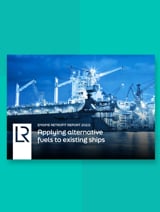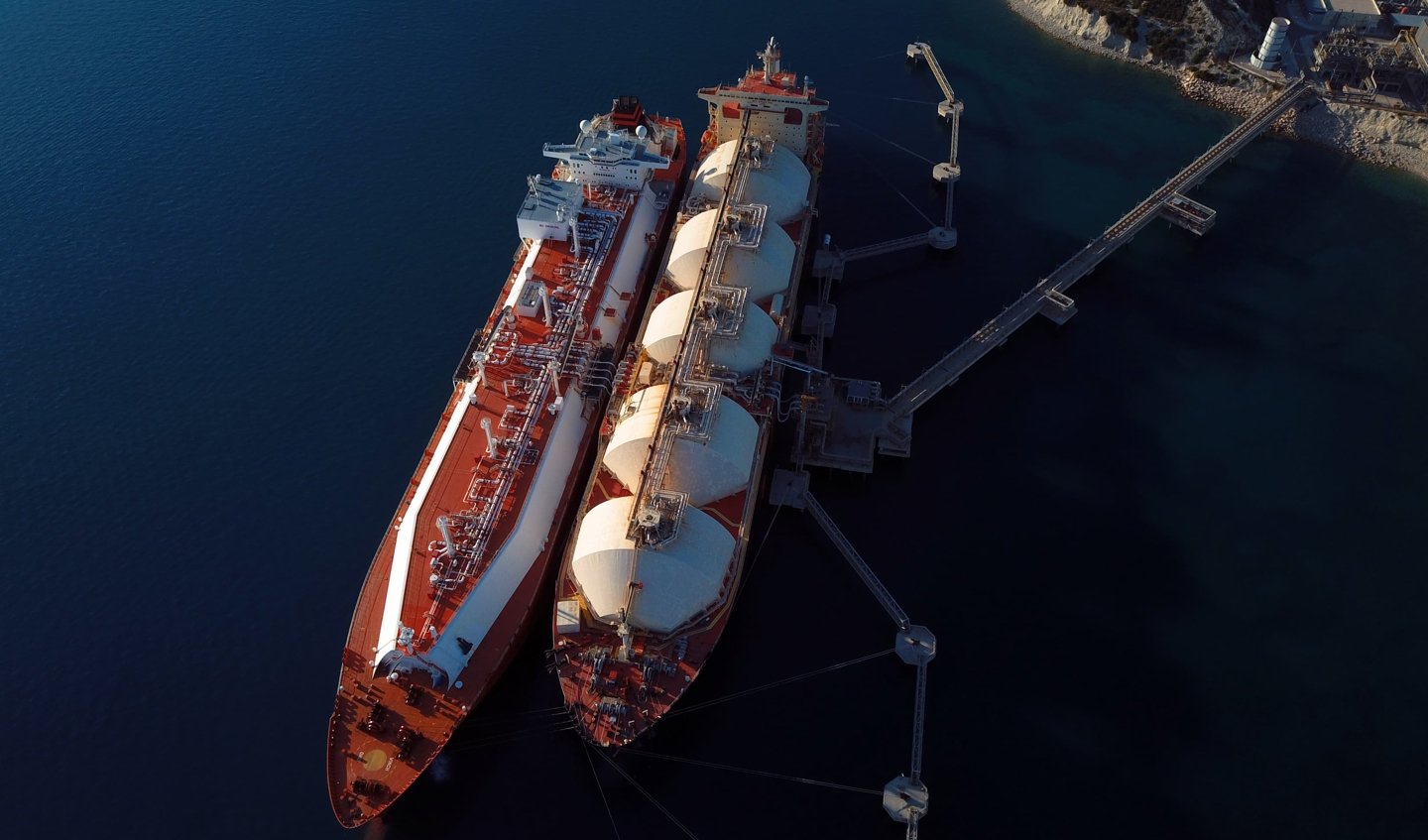Last year, for the first time, the world consumed more than eight billion tonnes of coal. Over a third of this – 2.9 billion tonnes – was used in China, the world’s largest market. And the three largest producers – China, India, and Indonesia – all struck new production records.
It is, of course, inevitable that in times of disruption people seek access to whatever energy they can procure because their lives depend on it. For them, access to that fuel is paramount, whatever the carbon footprint. Of course, price is important too; if coal is cheaper than oil or gas, that becomes the marginal source of supply.
Following the Russian invasion of Ukraine and disruption to pipeline gas to Europe last year, energy companies turned to other gas suppliers, notably in the United States. LNG that had been destined for Asia came to Europe instead, and demand for LNG carriers hit new peaks.
When more gas came to Europe, developing countries shifted back to coal, for pricing reasons. This was a key factor in last year’s increase in coal consumption.
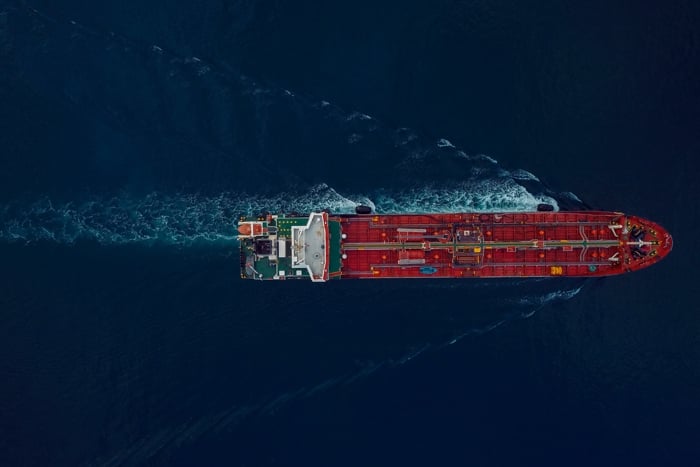
Could the fleet become a constraint on the whole world’s energy transition? In my view, the answer is yes.
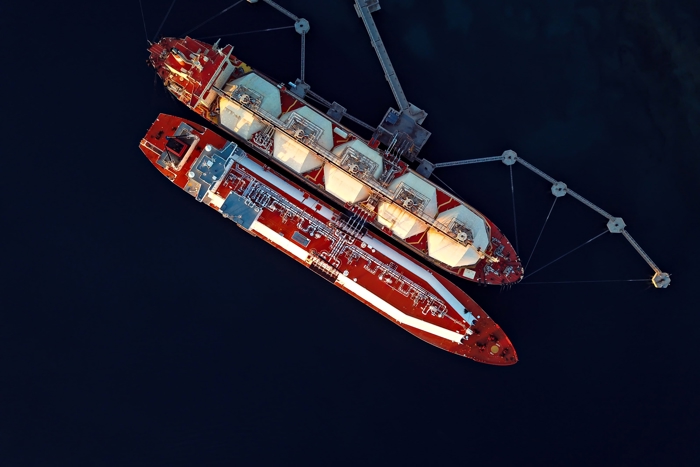
Spiralling costs
Energy prices hit new records, which was yet another crisis for developing countries facing food shortages and rampant inflation. Who can blame them for turning back to coal, the most abundant but climate-unfriendly hydrocarbon, because it was readily available and cheap?
So my question is; geopolitics aside, could we actually switch away from coal to gas if we wanted to? Measured in calorific value, LNG has approximately twice the value of coal per mass, but its global trades accounts for about 10% of coal’s . Even with the many projects that are currently under development, LNG will not provide the energy growth that the planet needs.
So what does this mean for the LNG fleet? Could the fleet become a constraint on the whole world’s energy transition? In my view, the answer is yes.
Firstly, although there are huge reserves of gas under development in Australia, Qatar, and the US, large volumes will also come on stream in countries including Canada, Mozambique, Nigeria, Senegal, Tanzania, and the UAE. Much of this new supply will be destined for energy markets in Europe and Asia. Large volumes will be exported by sea, creating substantial demand for more LNG carriers.
More ships needed
Even so, the share of gas in the overall energy mix will remain small and the industry will need to scale up the gas value chain much faster. To make a real difference, and for gas to become a valuable contributor to the energy transition, the world needs many hundreds, probably thousands, more LNG carriers than we have today. And, by the way, the 660-ship fleet of LNG carriers is already almost double what it was a decade ago.
Latest statistics show that there is a record orderbook – about 270 ships – equivalent to 40% of the existing fleet. Prices for a standard 174,000 cubic metre ship have risen over the last 18 months by about 40%. If you could find a building slot, you’d expect to pay more than $260m for a new ship today.
But there are hardly any building berths available between now and the middle of 2027. Specialist LNG construction yards are full, and although four new yards seem to be opening for business, there is hardly any spare construction capacity. LNG carriers are extremely complex to build and barriers to entry are high.
It’s difficult and time-consuming to build an entirely new shipyard, especially a very sophisticated one capable of building LNG carriers. So, inelastic yard capacity is a major constraint. In the short term, there is little that can be done.
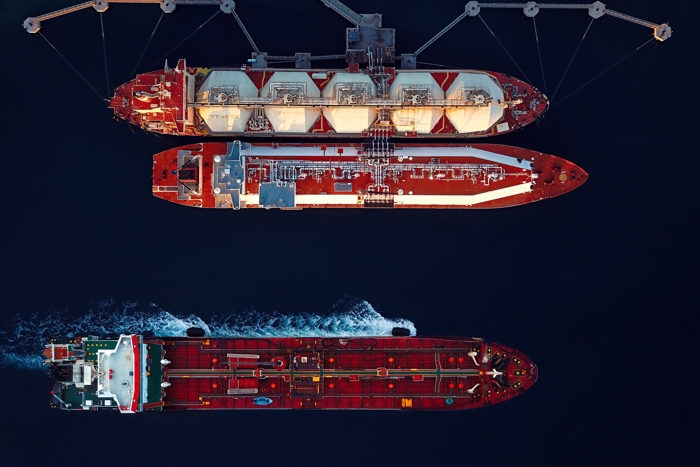
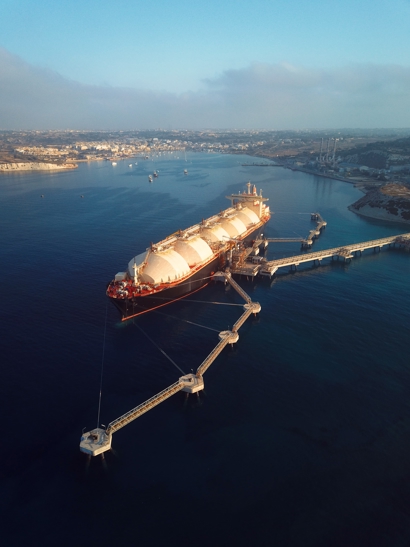
Secondly, the maritime industry is in the process of tackling shipping’s own energy transition, away from hydrocarbons to carbon-free fuels that are under development but still years away. In the meantime, regulators have introduced new measures to identify ships that generate higher volumes of greenhouse gases during operation.
Unfortunately, a significant percentage of today’s LNG carrier fleet, faces severe challenges with fthe IMO’s carbon intensity rating system. The worst performers – about 240 ships – are steam turbine-powered vessels which are not efficient compared to more modern tonnage
Although they do not emit methane in their combustion cycle, these ships do not have boil-off management systems. When this is included in carbon intensity assessments from 2026, they likely become non compliant performers in the IMO’s lowest carbon intensity category.
However, even if there were a way in which a thousand new LNG carriers could suddenly be built, which of course there is not, my view is these steamers should not be decommissioned, because they are needed to transport greener energy sources than coal. If they are phased out, they will probably be replaced in the energy equation by coal. Unless traded LNG, gets replaced by renewable energy, the net climate result of decommissioning LNG carriers will likely be significantly negative.
Even taking into account methane emissions, each cargo shipped by one LNG carrier saves about 50% of the carbon generated by using coal to supply the same amount of energy. We must, without delay, upscale the entire gas supply chain – not only LNG, but LPG, ammonia, and carbon dioxide.
We need as many LNG carriers as possible, including the current crop. Retrofit packages are needed to improve efficiency, install reliquefication systems, or methane to hydrogen cracking and above all minimise methane emissions across the entire fleet, including methane slip but also operational emissions. Only then can our industry say we have done as much as possible to ensure that the world’s LNG fleet is not a brake on the world’s energy transition.





